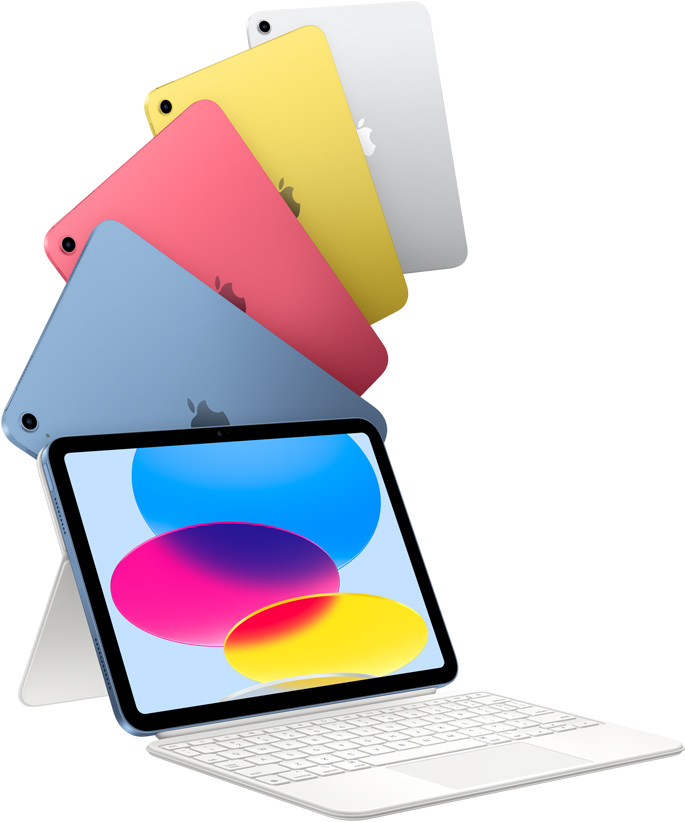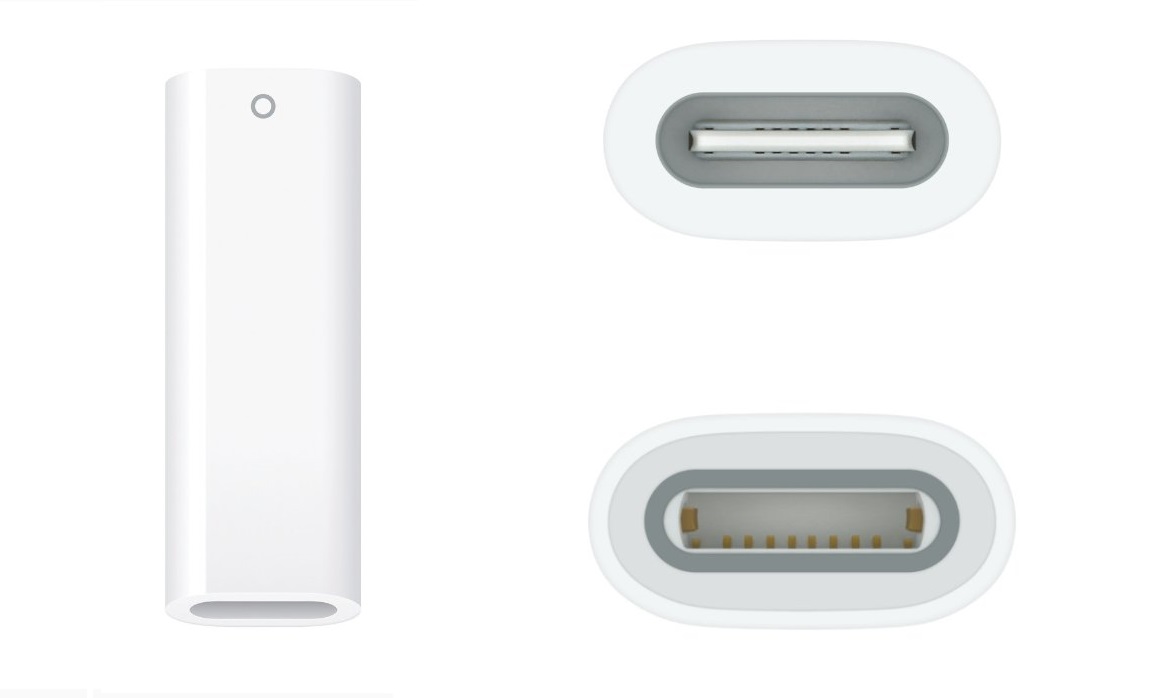iPad 10 - The Lightning Port's Final Hour
by Matthew Nudelman
Month DD, YYYY
This year Apple introduced the new 10th generation iPad,
featuring an updated design much more in line with the rest of
the newest iPads, following the trend set by the 2018 iPad Pro
and reinforced by the newest iPad Air and iPad Mini. The home
button is gone and replaced by an all-screen design, and Touch
ID is now in the power button. The Lightning port has been
replaced with a USB-C port, making the 9th-generation iPad the
final iPad to use Lightning connectivity.

This iPad is also the first to put the front-facing camera on
the landscape edge, allowing for more natural FaceTime calls as
most users will be using this large 10.9-inch iPad in landscape
orientation. Many find the usual camera position on the iPad to
be strange as using the larger iPads in portrait orientation is
considerably less common, especially when using the camera for
video calls.
Another interesting decision that many find confusing is the
Apple Pencil support featured on the device. Like every other
iPad of this generation, the latest iPad includes support for
the Apple Pencil, promoting the device as an effective tool for
creating artwork. This was to be expected, as the standard iPad
has supported the Apple Pencil since the 6th generation.
Naturally, with the flat edge design just like the other new
iPads, users believed this iPad would support the 2nd-generation
Apple Pencil, rather than the 1st-generation Apple Pencil used
on the iPads featuring a Lightning port, as the older Apple
Pencil uses the Lightning port for connectivity. Because the new
iPads lack a Lightning port, most would expect the new iPad to
use magnetic connectivity just like the others, as this is what
the newer Apple Pencil uses. However, despite the lack of a
built-in Lightning port, the only Apple Pencil supported by the
new iPad is of the 1st-generation. The only way to use it is
with a Lightning-to-USB-C adapter.

Many have speculated on the reason for this, and there is a
likely scenario which supports the reason to choose this type of
connectivity for this iPad. When the original Apple Pencil was
introduced, many companies purchased iPads and 1st-gen Apple
Pencils in bulk, so that the only thing they would ever have to
replace, if ever, would be the iPad itself, not the $100 stylus.
However, Apple also likely recognized that most users were
waiting for a proper update to the standard iPad line. This is
why Apple repeatedly calls this a “completely redesigned iPad”
despite its obvious similarities to the newer iPad Pro and iPad
Air. This iPad is marketed towards those who have no use for
specific subcategory iPads, and only use the one referred to as
just “iPad.” For those users who want to upgrade but likely
already have the older Apple Pencil, it would be considered a
greater hassle to buy a new Apple Pencil when the old one works
just fine. As a result, the adapter may be considered a fair
middle ground for those who want a new iPad with a modern
design, but don't want to buy a newer, more expensive Apple
Pencil to go with it. For those users and businesses, this iPad
may be the solution.